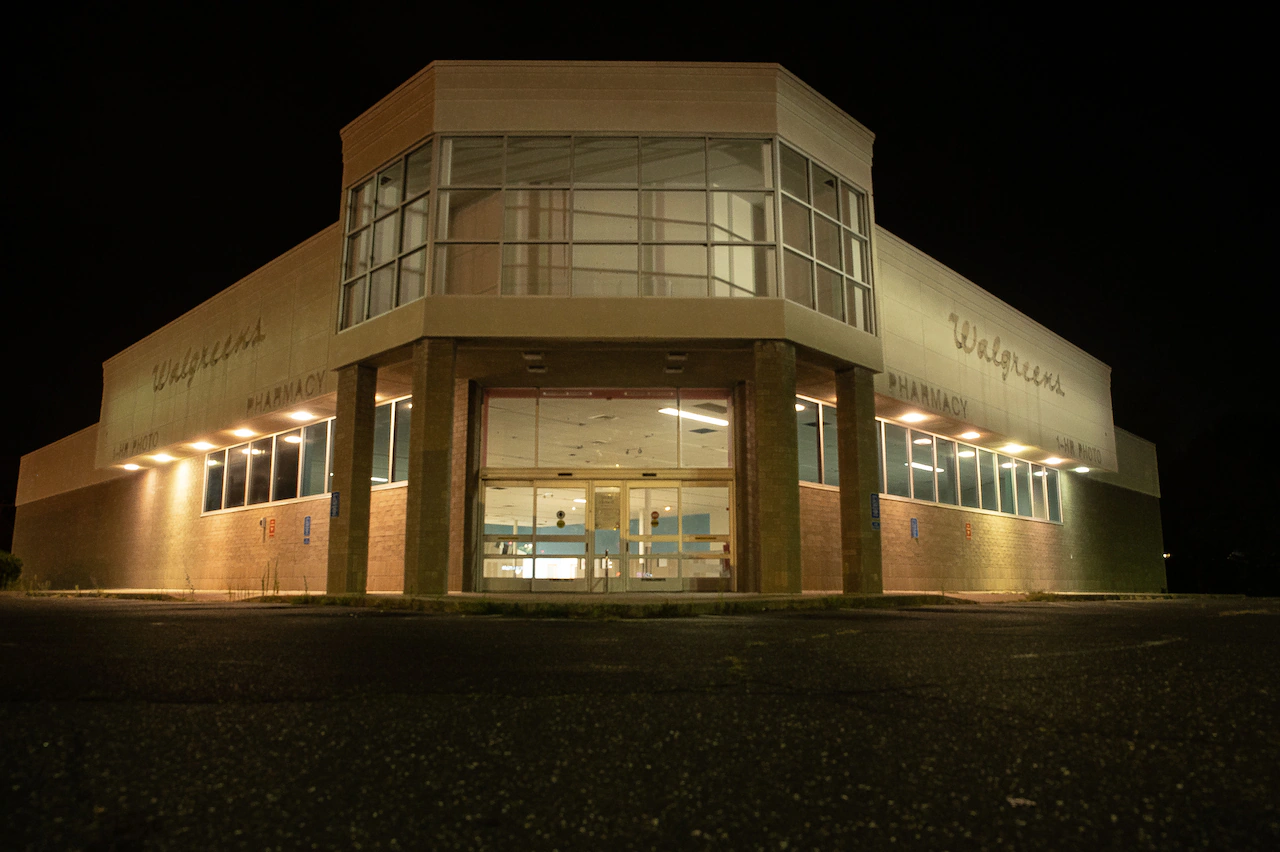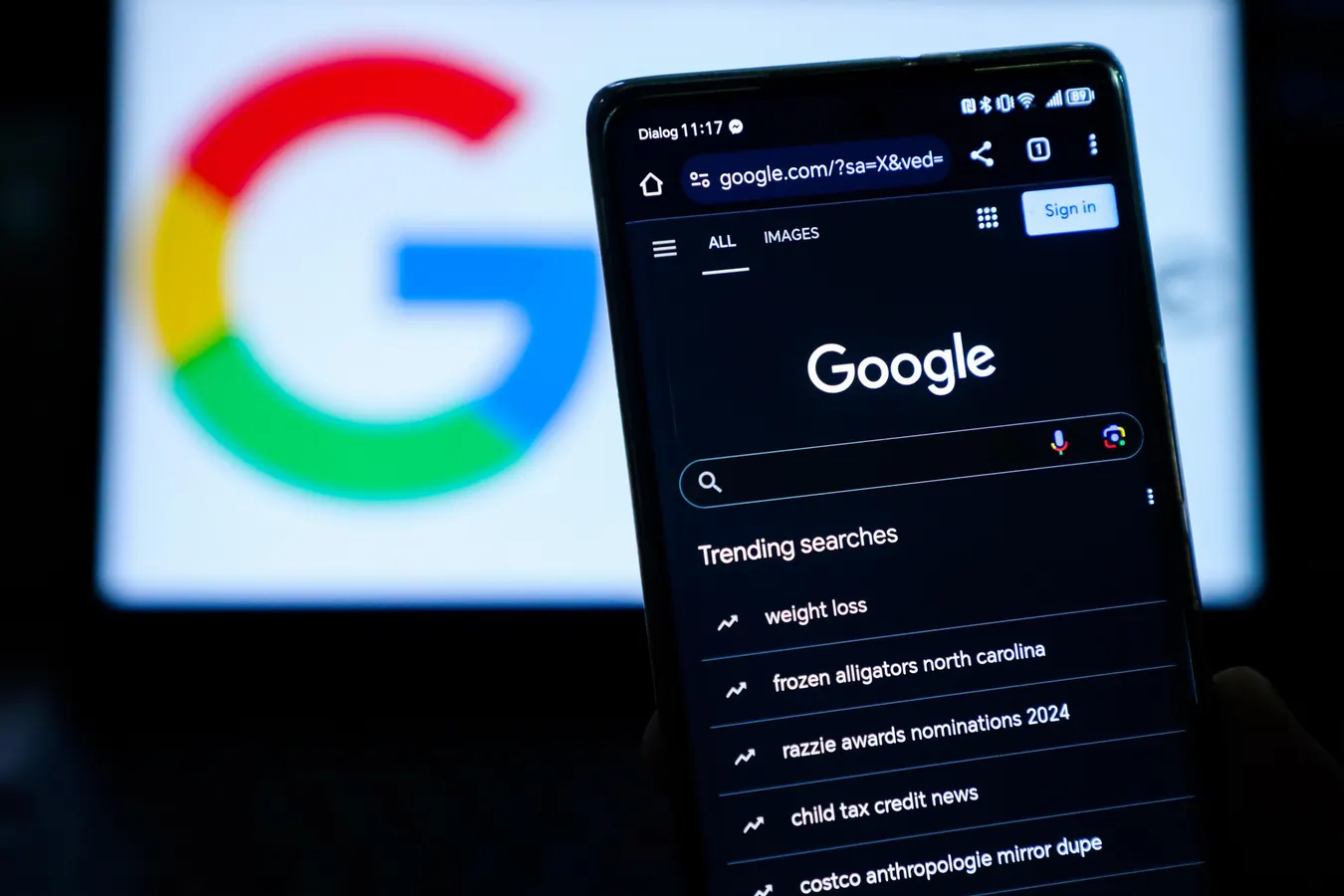
When the Walgreens on New Athol Road in Orange shut its doors in January, patients at the Community Health Center of Franklin County suddenly faced a 45-minute drive just to fill prescriptions — turning a routine errand into a major hurdle.
The chain transferred its patients’ prescriptions to the closest remaining location, in Turner’s Falls, about 20 minutes west of Orange, Stephen Segatore, chief clinical officer of the health center, said.
But the influx of patients overwhelmed Walgreens, and a deluge of health center patients called asking to transfer their prescriptions to the CVS in Gardner — half an hour or more in the opposite direction.
“They were waiting for days to get their medicine,” Segatore said. “People would just be trying to pharmacy-shop, to see who was open and who had the medicine they needed. And so as a clinic, we would spend a lot of time helping to leverage that, to help them get their medicine.”
Fortunately, the health center was already in the process of opening its own on-site pharmacy, right across the street from the shuttered Walmart. Many patients, and even some of the former Walgreens pharmacy staff, transferred over to the new pharmacy, but for a month or two, there were few close options around.
Since the beginning of 2010, 282 pharmacies in Massachusetts have closed, according to data from the state Department of Public Health.
The Orange Walgreens is just one of 27 pharmacies in the state that closed so far this year, as major chain stores shut down hundreds of locations across the country and small, independent drugstores struggle financially.
When pharmacies close, they leave behind patients who, depending on their circumstances and mobility, may experience anywhere from a small inconvenience to life-altering consequences.
About six weeks after the Franklin County health center opened its in-house pharmacy, yet another business, the independent Athol Pharmacy, closed. Hundreds of former Walgreens customers who had initially switched to Athol Pharmacy had to pivot again. The health center’s rolls went from about 300 prescriptions a month to 2,000, almost overnight.
“We’re doing what the community needs,” Segatore said, explaining that they have added more staff and expanded the business hours to accommodate the demand.
“We had planned on doing it down the road, but we have been pushed into doing it way sooner than we had planned,” he said.
Pharmacies struggle for financial viability
Last year, a University of California Berkeley study found that nearly one in three retail pharmacies closed between 2010 and 2021. Independent pharmacies were about twice as likely to close as chain stores.
In October 2024, Walgreens announced that it would close about 1,200 stores over the next three years. CEO Tim Wentworth said at the time that stores were finding it difficult to cover rent, staffing and the cost of supplies due to regulatory pressure and low reimbursement rates.
“It is never an easy decision to close a store,” a Walgreens spokesperson told MassLive in a statement. “We know that our stores are important to the communities that we serve and therefore do everything possible to improve the store performance.”
In May, CVS also announced a wave of store closures, expecting to shutter more than 250 in 2025. A spokesperson told MassLive last month that no Massachusetts stores are included, at least for now. Store closure decisions are based on “population shifts, consumer buying patterns, store and pharmacy density, pharmacy care access and community health needs,” the spokesperson said.
“We’re focused on ensuring we have the right kinds of stores and the right number of stores in the right locations,” they said. “We’re closing locations strategically to better meet consumers’ health, wellness and pharmacy care needs — as announced more than three years ago — not in reaction to industry pressures.”
Meanwhile, Rite Aid filed for bankruptcy for the second time earlier this year after closing hundreds of locations around the United States. The chain’s website lists just one remaining Massachusetts store, in Clinton.
Experts say the trend is due to the increasing difficulty of making a pharmacy business financially viable. As the cost of doing business has increased over the years, the amount pharmacies are reimbursed by insurers for the prescription drugs they sell hasn’t kept pace.
“Their payments are sometimes … less than what it costs to actually buy the drug,” said Tom Siepka, chief pharmacy officer at Community Pharmacy Cooperative, a Boston-based nonprofit that works with health center-based pharmacies around the country, including the Franklin County health center. “There’s enough of that that it’s slowly eaten away at these pharmacies to where they can’t sustain themselves.”
Low-income areas hardest hit by pharmacy closures
Reimbursement rates are often lower for patients on public insurance — such as MassHealth, the state’s Medicaid program — which means pharmacies in low-income neighborhoods where more residents use public insurance are more likely to struggle financially. The researchers for the 2024 Berkeley study found that these neighborhoods also tended to have more independent pharmacies, which are more vulnerable.
These struggles also create a racial disparity. The closure rate was highest in predominantly Black and Latino communities, at 37.5% and 35.6%, respectively, compared to 27.7% in predominantly white areas, according to the Berkeley study.
Are pharmacy benefit managers to blame?
Many blame the high costs on pharmacy benefit managers, or PBMs, organizations that act as middlemen to negotiate drug prices between manufacturers, insurers and the pharmacies themselves. The Walgreens spokesperson said the company supports PBM reforms to increase reimbursement rates.
CVS did not respond to Masslive’s questions on the topic. The pharmacy chain owns Caremark, the country’s largest PBM that controls about 34% of the U.S. market, according to the Federal Trade Commission.
A report by the FTC released last year found that corporate consolidation of PBMs, insurance companies and pharmacies has allowed PBMs to “inflate drug costs” by controlling the whole supply chain, particularly for pharmacies that are not affiliated with a PBM.
“Pharmacies will not know the amount of base pay (reimbursement) until after they run a claim,” the FTC researchers wrote. “Pharmacies, therefore, are often missing a critical variable for basic operational business planning and for making informed choices about which PBMs, which networks and which drug claims would pay the best — or sustainable — rates.”
What happens to patients when pharmacies close
When the Walgreens in Nubian Square, in Boston’s Roxbury neighborhood, closed in early 2024, Alan Tanner was forced to go to a CVS near Grove Hall to get medication for his mother, recently discharged from a nursing home.
Tanner testified during a Boston City Council hearing in November that he does not have a car and his mother, who uses a wheelchair, finds it difficult to use public transportation. He expressed frustration at the replacement of the Walgreens with a Foot Locker store, despite the existence of another shoe store just across the street.
“I find that to be unnecessary and detrimental to my mother’s health,” Tanner said during the hearing. “These inconveniences do not have to exist.”
In areas where pharmacies are fewer and more spread out, if one closes, residents may not always be able to find an alternative. Residents with disabilities or those without transportation can be particularly affected.
A 2019 study published by the Journal of the American Medical Association found that patients 50 years and older taking certain medications were more likely to discontinue their medications in the first three months after their local pharmacy closed.
The disparity was even higher for customers of independent pharmacies that closed, which the researchers speculated could be because low-income neighborhoods — which tend to have fewer pharmacies overall — are more likely to have independent stores.
“They can’t get their medication for hypertension or diabetes or some of these chronic conditions,” Siepka said. “Next thing you know, they are ending up in a physician’s office or, God forbid, an emergency room because their chronic disease is no longer controlled well because they can’t access medication.”
Pharmacies offer more than prescriptions. Many provide vaccines, diagnostic testing and other health services, and many are located within retail stores offering groceries and other necessities.
A CVS report published last year found that Black and brown patients visit pharmacies for basic health services more than white patients. Among people of color, four in 10 visit at least “a few times per month” to speak with a pharmacist, the report found.
When Walgreens announced that the Warren Street store in Roxbury would be closing, a constituent told State Rep. Chris Worrell, D-5th Suffolk, about a day when she was rushing to pick up both her son from school and one of his prescriptions before the pharmacy closed.
She called the Warren Street pharmacy to see if they could stay open an extra few minutes, so her son wouldn’t have to go without his medication for a day, but they weren’t able to.
But a few minutes after she arrived home, Worrell said, the doorbell rang. She opened the door to find the pharmacist who came to deliver her son’s medication.
“When we close down pharmacies, this is what the community is losing,” Worrell said. “We’re losing a lifeline.”
Helping patients access care
Worrell has a bill before the Legislature that would require the state to study existing and potential “pharmacy deserts” around the state in both urban and rural areas, as well as their impacts. A report from this study would also include policy recommendations to address these impacts.
In the meantime, a more direct solution for some neighborhoods has emerged in the form of community health centers, like the Community Health Center of Franklin County in Orange. Because these nonprofits are not financially motivated, they are often better able to serve low-income areas.
They also get a big helping hand from a federal program known as 340B, which provides significant discounts on drugs to community pharmacies and other eligible health care organizations.
“That is the only reason … these community health centers can even open a pharmacy in many instances,” said Siepka, of Community Pharmacy Cooperative. “It’s one of the reasons they’re actually staying open. It is providing benefits both to patients who get their medications at those health centers, but it’s also sustaining the health center.”
In Roxbury, the Dimock Center began operating its own in-house pharmacy in August 2024. Previously, there had been a CVS pharmacy on-site.
Marisol Rosario, chief operating officer, said CVS had staffing shortages, which meant it would frequently open late, there were per diem pharmacists unfamiliar with the patients’ needs or the health center’s procedures. The line to pick up medications often stretched around the corner and up a nearby stairwell.
Rosario, whose office was located across the hall from the pharmacy, would frequently hear security officers breaking up arguments between patients about who had arrived first, and sometimes she would even have to intervene herself.
When the chain’s lease came up, Dimock leaders made the decision to team up with Community Pharmacy Cooperative and take over.
“When you take on a project of this magnitude, you don’t know if it’s going to work. It’s a huge risk. What if it doesn’t work out and patients are not happy, or there’s a process failure and the whole thing is a bust?” Rosario said. “Those are all risks that we needed to take, because the other option would be not to have a pharmacy at all and send our patients away.”
In the year since, they have seen a world of improvement. There is almost never more than one or two people waiting in line, and pharmacy staff are able to make personal connections with patients. If someone drives to pick up a prescription but isn’t able to walk from their car, the pharmacy can provide curbside service.
The pharmacy is also much more able to help patients financially, which is particularly important for a community health center that serves many low-income people. There is a financial counselor on-site to help determine eligibility for assistance or a payment plan.
Pharmacy technician Adrianne Moore counts pills in the Dimock Center pharmacy in Roxbury.
Even if someone does not have health insurance or the means to pay, they can usually obtain the medication free of charge within a few minutes, pending approval.
“We would never want that patient to leave our premises without their medication because of their inability to pay,” Rosario said. “That’s something that if you went to the local Walgreens and your local CVS, you wouldn’t be able to do.”
Though the Dimock pharmacy only serves patients of the health center, filling about 800 orders a week, Rosario said she hopes they can eventually expand to fill prescriptions from outside prescribers. First, though, they are working to develop a delivery service for patients who are unable to visit in person, as well as to offer vaccines at the pharmacy.
“If a patient leaves this organization happy, I’m happy,” Rosario said. “I feel like I’ve accomplished so much just by a patient leaving here with a smile on their face and one less thing to worry about.”



